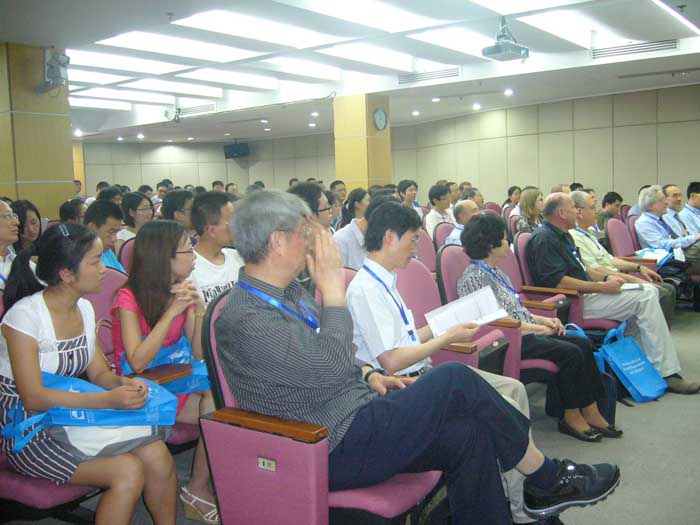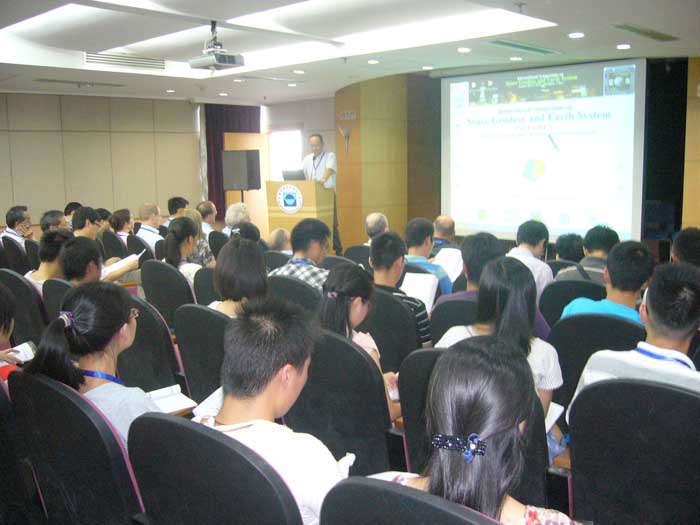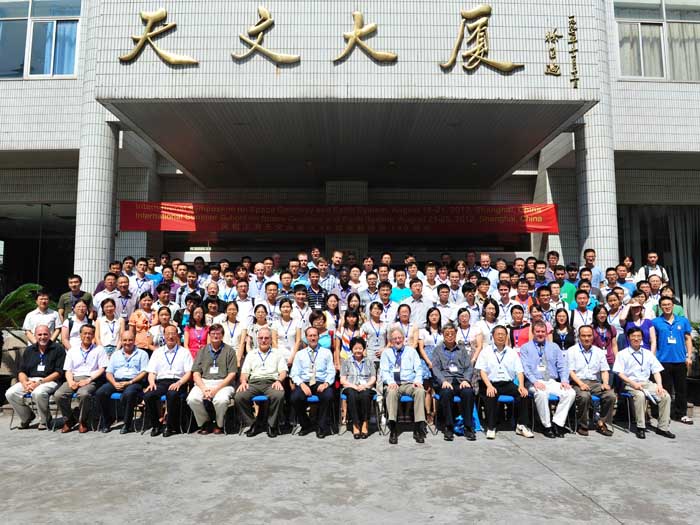International Symposium on Space Geodesy and Earth System (SGES2012)
Mass redistribution and transport in the Earth system, including the atmosphere, hydrosphere, lithosphere, cryosphere and the interior of the solid Earth affect the Earth's shape, gravity field and rotation (the three pillars of geodesy). Space geodetic techniques, including VLBI, SLR, DORIS, GNSS, InSAR, LiDAR, ICESat, satellite radar and laser altimetry, satellite gravimetry (particularly CHAMP/GRACE/GOCE) and GNSS Reflectometry & Radio Occultation, are capable of measuring and monitoring such small changes with high accuracy and spatial-temporal resolution. These provide a unique opportunity to investigate mass transport associated with geodynamics, natural hazards, and climate change, and to better understand these processes and their interaction within the Earth system.
The International Symposium on Space Geodesy and Earth System (SGES2012) was held in Shanghai, China, August 18-21, 2012. About 180 participants from over 15 countries or districts attended the SGES2012. Topics include data retrieval of space geodetic techniques, reference frame, atmospheric-ionospheric sounding and disturbance, gravity field, crustal deformation and earthquake geodesy, GIA, Earth rotation, hydrological cycle, ocean circulation, sea level change, and ice sheet mass balance as well as their coupling in the Earth system.
The SGES2012 provided a forum for assessing current technological capabilities and presenting recent results of space geodetic observations and understanding the physical processes and coupling in the Earth system, and future impacts on climate. More information can be found at http://www.shao.ac.cn/meetings.
 |
 |
 |
 |
Download attachments: